
Who knew that megaliths, menhirs, dolmen, and cromlechs lay just a few minutes away from our place in the Pays Basque? I described some that we saw in Brittany in my post A Brief Trip up the West Coast of France - Quiberon. Those were certainly impressive as were the associated museums that explained how they came to be. But yesterday, we came upon local prehistoric structures during a hike in the Pyrenees just across the Spanish Border.
We had agreed that if the weather was bad, we'd visit the famous caves of Sare and those in the witches' village. As it turned out, the day was overcast but comfortable, with the temperature about 70 degrees (20 C) - perfect weather for a hike. Rain was forecast for late that night into the next day. We decided to pass on the caves for this trip.
Karen and I encountered heavy Sunday morning traffic getting to Ciboure where we were to meet up with Elaine and Jean-Luc, so it was a bit later than expected when we left their place to begin our explorations. After a 15 minute drive, we were in Sare.
Parking on a side street, we followed the signs towards the GR10. Not far into our walk, we realized that there was a mountain bike competition going on as riders descended the trail at breakneck speeds towards the finish line on the fronton in the village. We spoke to some of the trail monitors who told us that only about half the field had passed them so far. So instead of continuing up the trail, we made our way back to the village where we realized we were hungry. We visited all of the open restaurants but couldn't resist the tempting dishes we saw being served on the terrace of the Hotel Arraya. The service and food were excellent and as often happens with French meals, wine and dessert extended what was supposed to be a brief stop into a 2-hour lunch.
Zugarramurdi, the witches' village, is the Spanish equivalent of Salem, Massachusetts. Based on occult events beginning in 1609, purported witches from the village were tried and burned at the stake. There was a region-wide inquisition of over 7,000 accused women, children, and even certain priests who wore medallions with images of saints. Today, the village embraces its history with caricatures of witches' faces on stones, buildings, and road signs, and witches' brooms hanging above entrances to buildings. During the summer solstice, which is considered the witches' day, huge fires are lit in caves not far from the village. These are visible from the surrounding countryside in both Spain and France. In August each year, the deaths of those burned at the stake are remembered with a feast of roasted lamb in the caves. The lamb is roasted on stakes.
We started out on what looked like a well traveled path, but as we turned up the hill past an abandoned bergerie, the trail thinned and markings were hard to find. We pushed on, assuming we had to get to the saddle on the top of the ridge. Along the way, we passed groups of Potoks, the small horses that live in the Pyrenees.
Once we reached the middle of the saddle, we couldn't easily determine whether to turn right or left. I went left, Jean-Luc went right and about 100 yards from the saddle, Jean-Luc found a trail marker so we went that way. If you go, when you reach the saddle, turn right (west). Thereafter, the trail markers were easy to find.
Near the bottom of the hill, we saw our first marker for cromlechs. Before I continue, let me give you a few definitions. A menhir or megalith is an upright stone. Most are flat. Notable ones are several feet high, but sometimes they can be quite small. A dolmen is a structure build of megaliths. They usually have at least two upright stones with a flat capstone on top. Most were used as burial tombs. Some of the ones we saw in Brittany were huge. It seemed like a feat of engineering to raise the capstones, but in fact, the process was quite simple. After the side stones were placed, they filled the space between and around with dirt. They dragged the capstone onto the top of the mound, positioning it above the 'walls'. Finally, they dug out the earthen mound leaving a stone structure - no pulley needed to raise a stone weighing many tons several feet to place it on top.
Finally, a cromlech is a circle of menhirs or megaliths. Stonehenge is probably the most well-know cromlech. It appears no one knows exactly what cromlechs were used for. At least that's the case outside the Basque region. Theories abound. But in the Basque region, archaeologists have concluded that these are burial site markers, often with a dolmen in the center. Most of these structures were built between 4000 and 2000 B.C..
Continuing on our hike, we saw the marker for the cromlechs, but the cromlechs themselves weren't easy to spot. Unlike Brittany where these monuments are well-maintained, those before us were buried in the ferns and tall grasses. Plus, after 5,000 years of neglect in lightly traveled areas, most of the structures have fallen down or been eroded by the elements and severe storms of the Pyrenees. Somehow though, finding these structures out in the middle of nowhere seemed more authentic.
We crossed a boulder-filled creek next to a small waterfall and soon found ourselves on the edge of a the ridge that would lead us back to the car. As we passed one final bergerie, the first few drops began to fall, but the car was in sight. We got into the car, closed the doors, and the sky opened up. Somehow even with the morning delays, the long lunch, and some trail misdirection, we'd timed it perfectly. The hike was a bit over 6 km (not 5 km as promised by the sign), and it had taken us 2 hours including pictures and exploration of the cromlechs. According to the sign, there are 7 km and 10 km monument hikes nearby. We'll be going back and will allocate more time to explore.

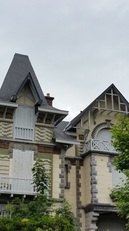
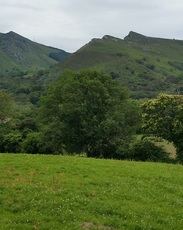
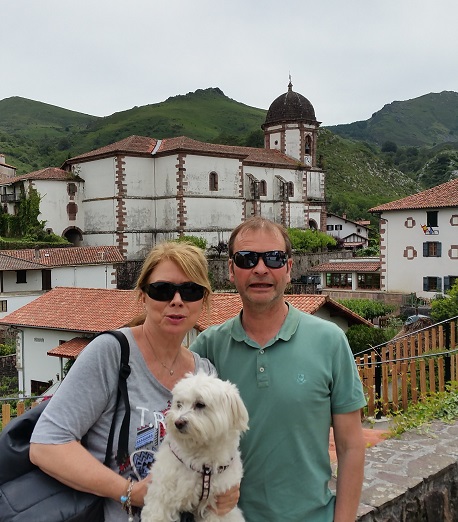

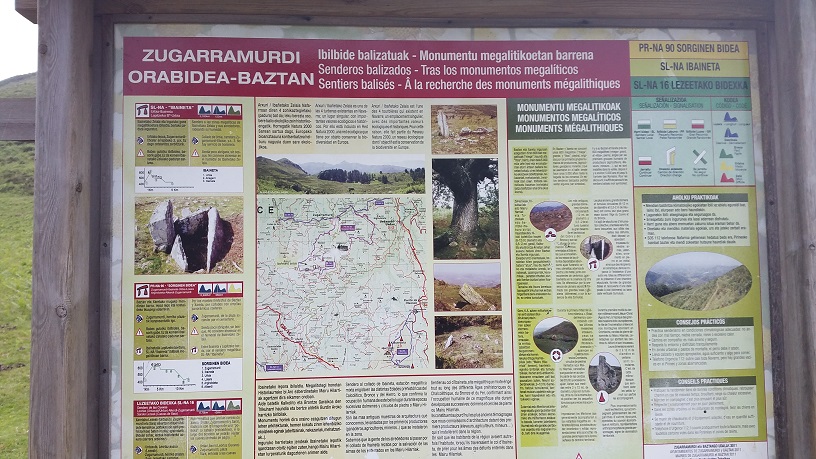
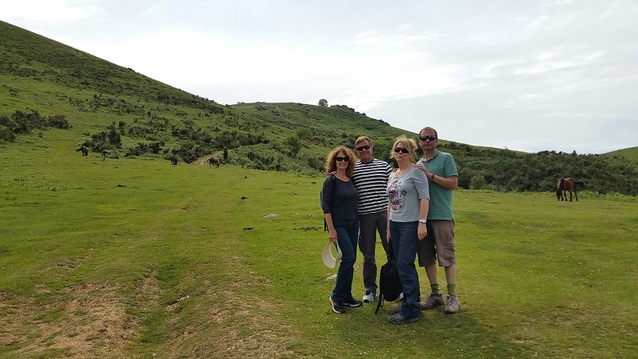




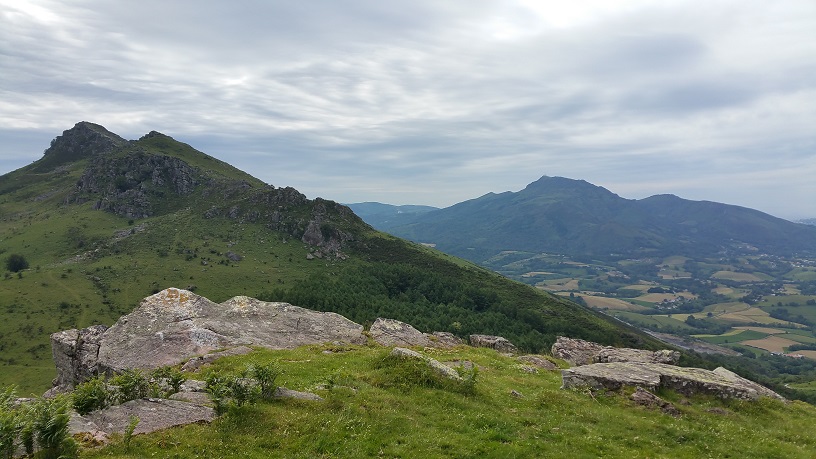

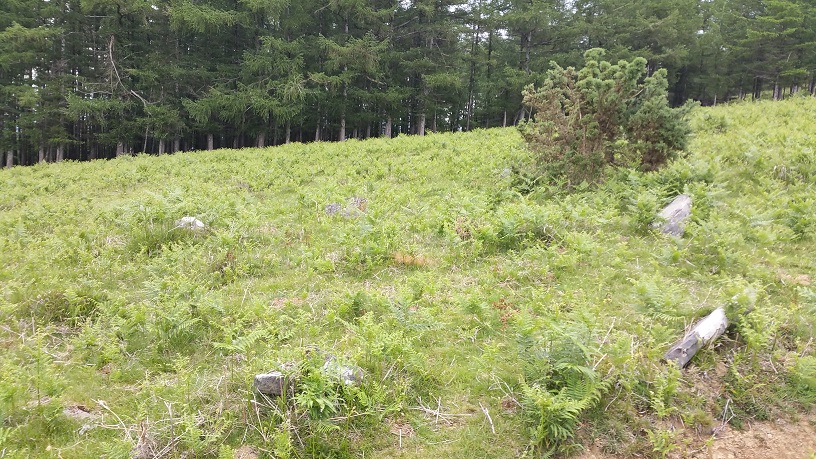


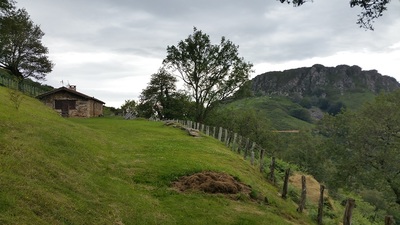

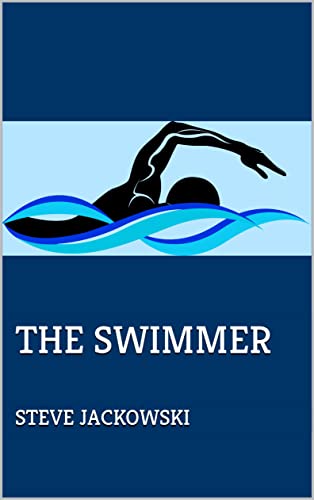
 RSS Feed
RSS Feed